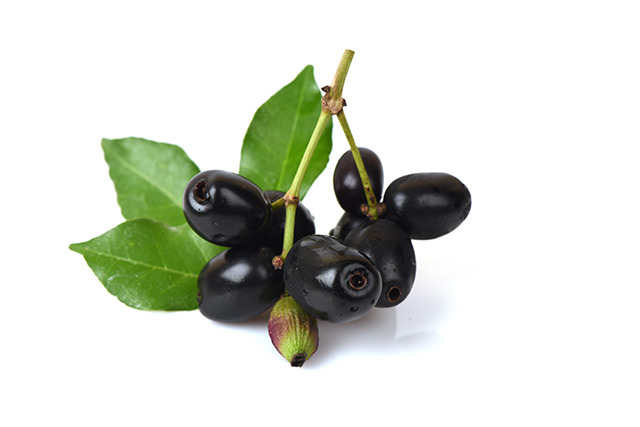The immature fruits of Poncirus trifoliata exhibit protective effects against benign prostatic hyperplasia
10/23/2018 / By RJ Jhonson

Extracts from the immature fruit of Poncirus trifoliata (L.) have been proven to inhibit the development of benign prostatic hyperplasia (BPH), a non-cancerous enlargement of the prostate common among older men. This study published in BMC Complementary and Alternative Medicine examines the protective effects of Ponciri fructus extract (PFE) on the progression of BPH.
- The researchers used rat models injected with corn oil/testosterone propionate (TP) for four weeks to induce BPH.
- A dose level of 200 mg/kg of PFE was administered every day, one hour before the TP/corn oil injections by oral gavage to the animals.
- At the end of the experiment, the researchers took note of several markers, including relative prostate weight, the levels of testosterone and dihydrotestosterone (DHT), histological changes, activities of antioxidant enzymes (catalase, glutathione peroxidase, glutathione reductase, and superoxide dismutase), and the expression of proliferating cell nuclear antigen (PCNA), as well as the inhibition (%) of 5?-reductase in the prostatic tissue.
- The researchers noted reductions in relative prostate weight, the level of testosterone and DHT in serum and prostatic tissue, prostatic hyperplasia, and the expression of PCNA. They also noted an increase in antioxidant enzymes and a weak inhibitory activity on 5?-reductase.
Taking their findings into account, the researchers concluded that PFE exerts antiproliferative and antioxidant effects that prevent the onset and progression of BPH.
Read the full text of the study at this link.
Read about other lesser-known superfoods that can do wonders for prostate health at Superfoods.news.
Journal Reference:
Woo-Young Jeon, Ohn Soon Kim, Chang-Seob Seo, Seong Eun Jin, Jung-Ae Kim, Hyeun-Kyoo Shin, Yong-ung Kim, Mee-Young Lee. INHIBITORY EFFECTS OF PONCIRI FRUCTUS ON TESTOSTERONE-INDUCED BENIGN PROSTATIC HYPERPLASIA IN RATS. BMC Complementary and Alternative Medicine. 2017;17(384). DOI: 10.1186/s12906-017-1877-y
Tagged Under: antioxidants, benign prostatic hyperplasia, food as medicine, food cures, fruits, men's health, Poncirus fructus, Poncirus trifoliata, prostate, trifoliate orange


















